The Mind-Body-Energy ToolKit by Robert Schwarz
$399.99 $119.00
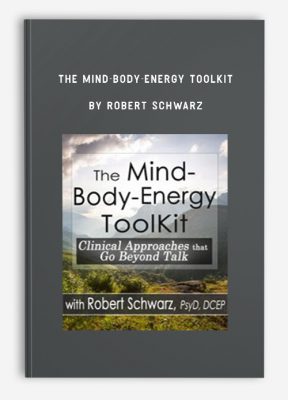
The Mind-Body-Energy ToolKit by Robert Schwarz
**More information:
Get The Mind-Body-Energy ToolKit by Robert Schwarz at Salaedu.com
Description
Talking in psychotherapy is important. And there are many quality tools that help you go beyond talk. Does your therapeutic tool kit include approaches that purposefully and directly influence the body, sensory experience, and consciousness itself?
Effective psychotherapy helps people regulate the flow of information and energy within themselves and between themselves and others. The goal is to develop flexible and adaptive strategies to create meaningful and joyful lives, sometimes in the face of challenges and trauma.
Discover an integrative framework that includes the latest in neuroscience, trauma-informed treatment, resource and resilience based approaches and energy psychology.
You’ll learn specific tools that will significantly increase your effectiveness and flexibility as a therapist. For instance, when your clients are immobilized by trauma or overwhelming affect, can you help them resolve the problem in a matter of minutes? After this workshop you will.
We will focus beyond DSM diagnoses to patterns of information and energy flow on multiple aspects of the body, mind, spirit and relationship. After this experiential training you will walk away with skills you can immediately use.
First, we will focus on building a framework that allows you to integrate all of the approaches learned. The ability to be able to move seamlessly between talking, body and energy approaches will be taught as well as linking each strategy to specific solvable treatment goals. Rapid approaches to affect regulation and emotional stabilization will be covered. Then we will focus on two practices that shift the flow of awareness; Dan Siegel’s Wheel of Awareness exercises and a self-contained treatment for processing traumatic memories without abreaction.
We will learn how to use emotional freedom techniques (EFT) and other energy psychology approaches. With over 60 studies published in refereed journals, these approaches are both evidenced-based and clinically flexible. And then we will spend time dedicated to putting it all together so that you can make these approaches your own. We will emphasize therapeutic presence, sharpening clinical acumen and intuition. We will apply all of these approaches to different contexts such as anxiety, panic attacks, and couples work.
Foundations of an Integrative Mind Body Tool Kit
- Interpersonal Neurobiology–Polyvagal Theory
- The Science of Mind–Body Healing
- Resource & Resilience Based Approaches
- Trauma (small t and large T) Informed Treatment Strategies
- Creating More Effective Treatment Goals
Affect Regulation Strategies
- Rapid Transformation of “Negative” Internal Representations
- Building Connections to Safety
- Creating and Strengthening Boundaries
- The Power of Imagery Approaches
- Applied Polyvagal Approaches to Create Safety
- Advanced Consideration in the use of Breath
Consciousness Focusing Approaches
- Wheel of Awareness Training
- Trauma Re-associative Conditioning to Treat Traumatic Memories without Abreaction.
Energy Psychology Methods
- Theory, Science & Research of EP methods
- Emotional Freedom Techniques
- “Tapping” to Reduce Specific Emotions
- Identifying and Treating “Psycho-energetic Reversals”
Integrating therapeutic presence & clinical acumen
- Sharpening the Focus of Treatment
- Using Clinical Intuition with the Therapeutic Field
- How to Integrate These Methods Into the Rest of Your Practice
More information about Medical:
Medicine is the science and practice of establishing the diagnosis, prognosis, treatment, and prevention of disease.
Medicine encompasses a variety of health care practices evolved to maintain and restore health by the prevention and treatment of illness.
Contemporary medicine applies biomedical sciences, biomedical research, genetics, and medical technology to diagnose, treat, and prevent injury and disease,
typically through pharmaceuticals or surgery, but also through therapies as diverse as psychotherapy, external splints and traction, medical devices, biologics, and ionizing radiation, amongst others.
Medicine has been around for thousands of years, during most of which it was an art (an area of skill and knowledge) frequently having connections to the religious and
philosophical beliefs of local culture. For example, a medicine man would apply herbs and say prayers for healing, or an ancient philosopher and physician would apply bloodletting according to the theories of humorism.
In recent centuries, since the advent of modern science, most medicine has become a combination of art and science (both basic and applied, under the umbrella of medical science).
While stitching technique for sutures is an art learned through practice, the knowledge of what happens at the cellular and molecular level in the tissues being stitched arises through science.
1 review for The Mind-Body-Energy ToolKit by Robert Schwarz
Add a review Cancel reply
Related products
HEALTH - FITNESS - LIFESTYLE - MEDICAL
HEALTH - FITNESS - LIFESTYLE - MEDICAL
HEALTH - FITNESS - LIFESTYLE - MEDICAL
HEALTH - FITNESS - LIFESTYLE - MEDICAL
HEALTH - FITNESS - LIFESTYLE - MEDICAL
HEALTH - FITNESS - LIFESTYLE - MEDICAL
HEALTH - FITNESS - LIFESTYLE - MEDICAL
Complete Certified Professional Coach Online Course from Berry Fowler

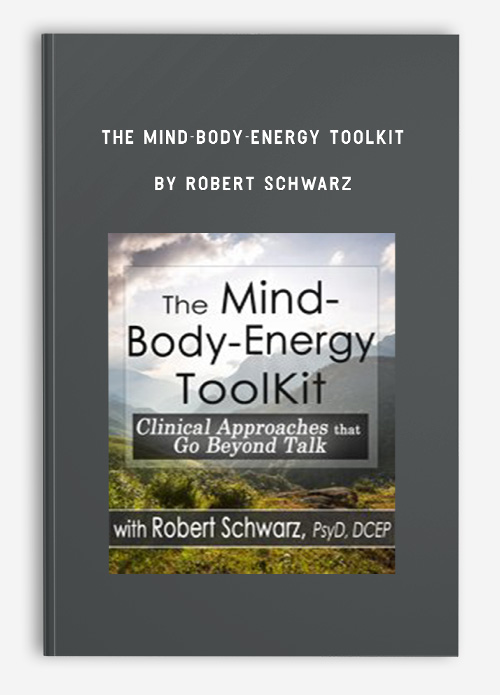

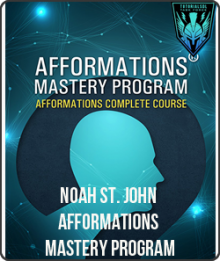
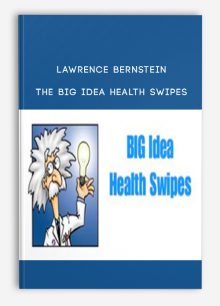
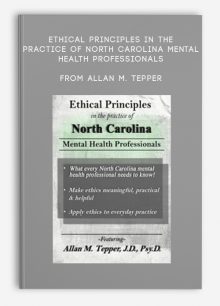
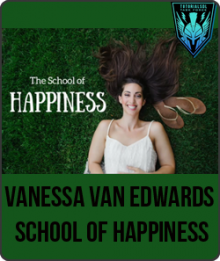
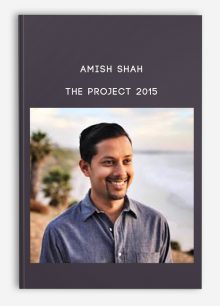
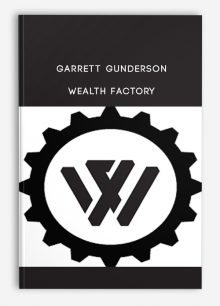

Trevis Trevis –
This is one of the most beautiful website and you can check the reviews of my website here: https://salaedu.com/clients-proof-and-reviews/